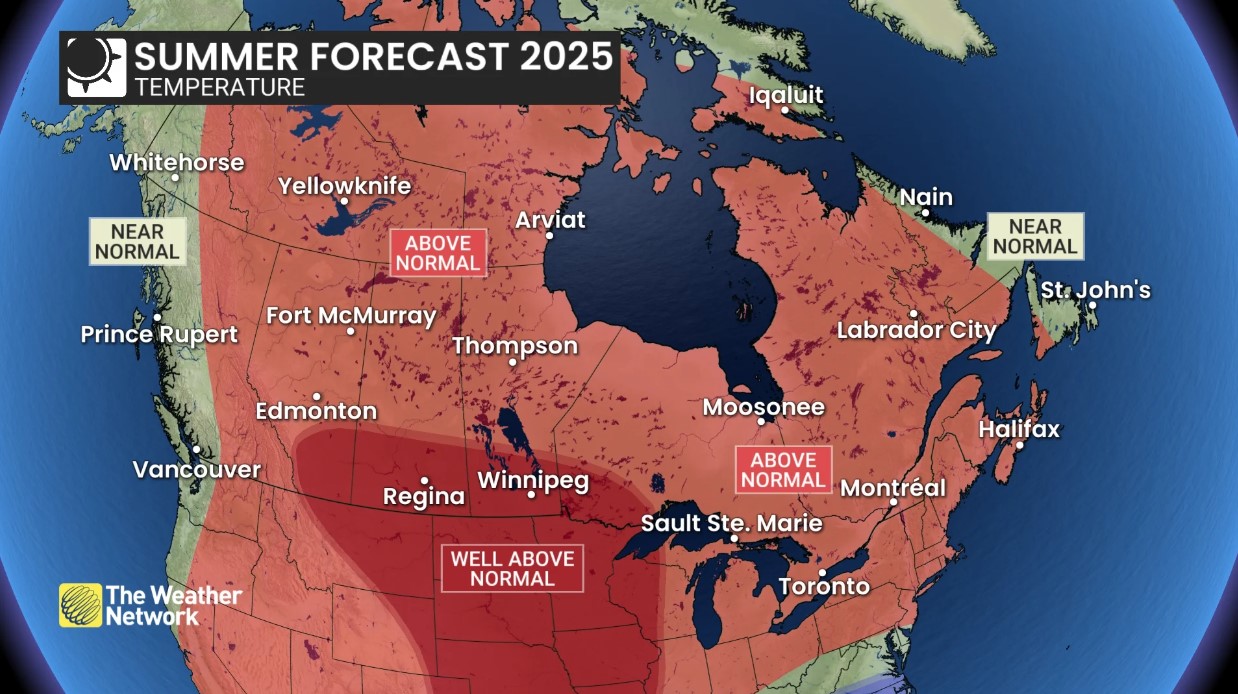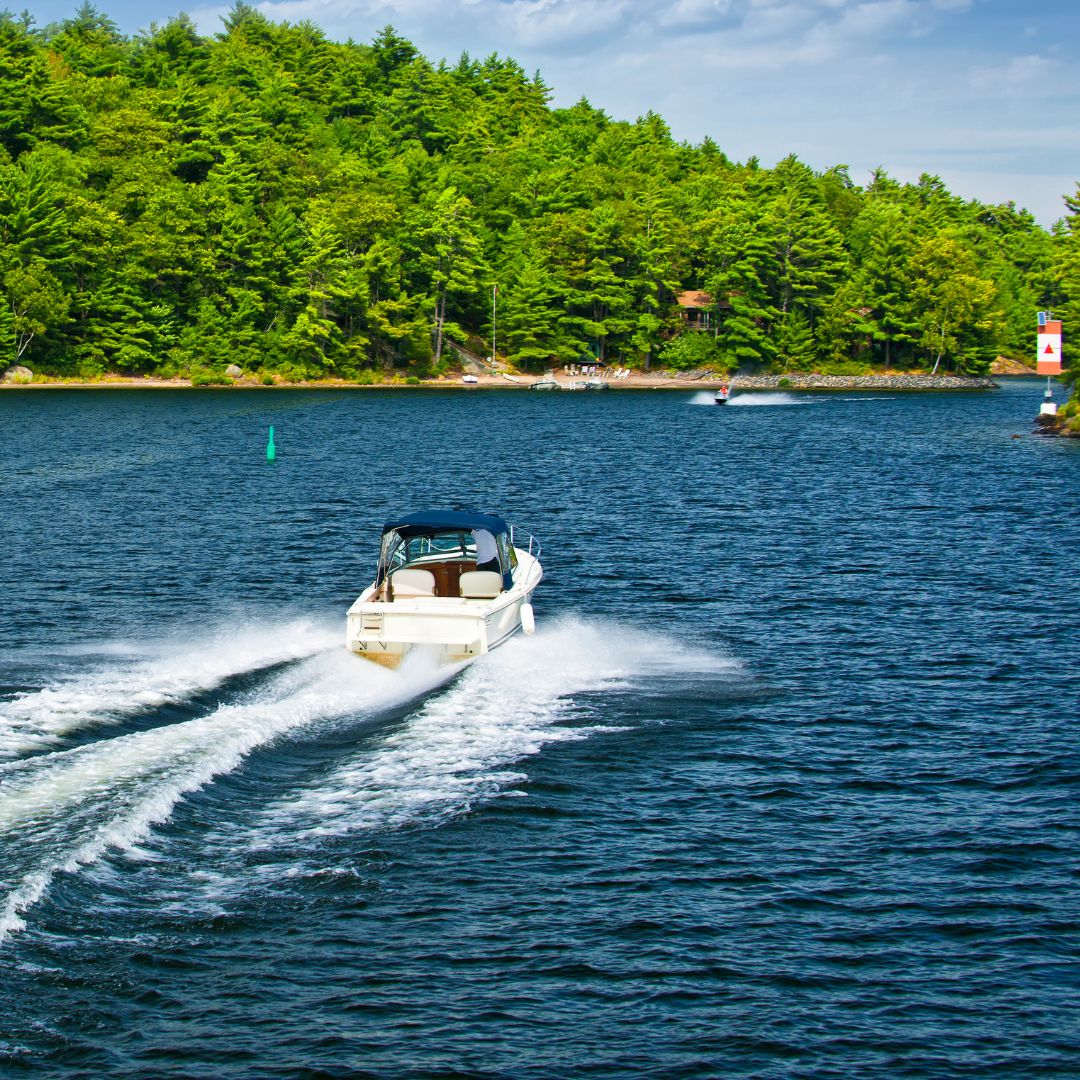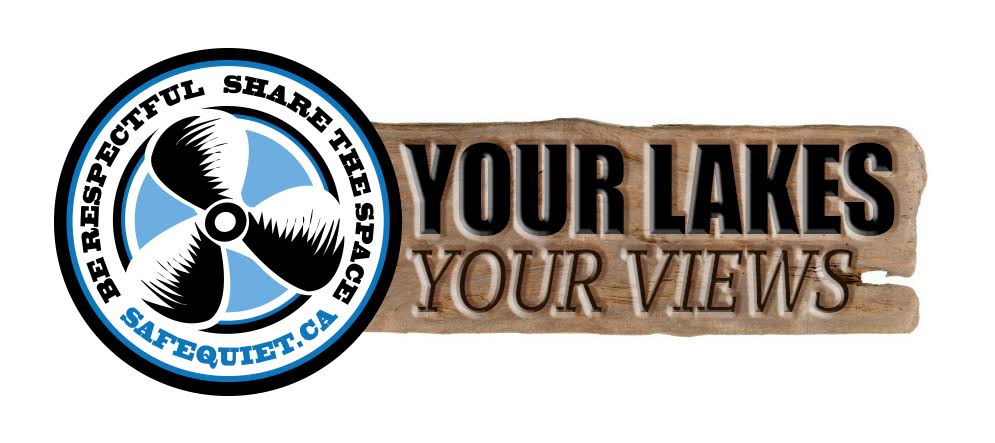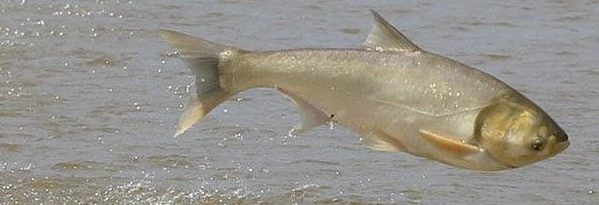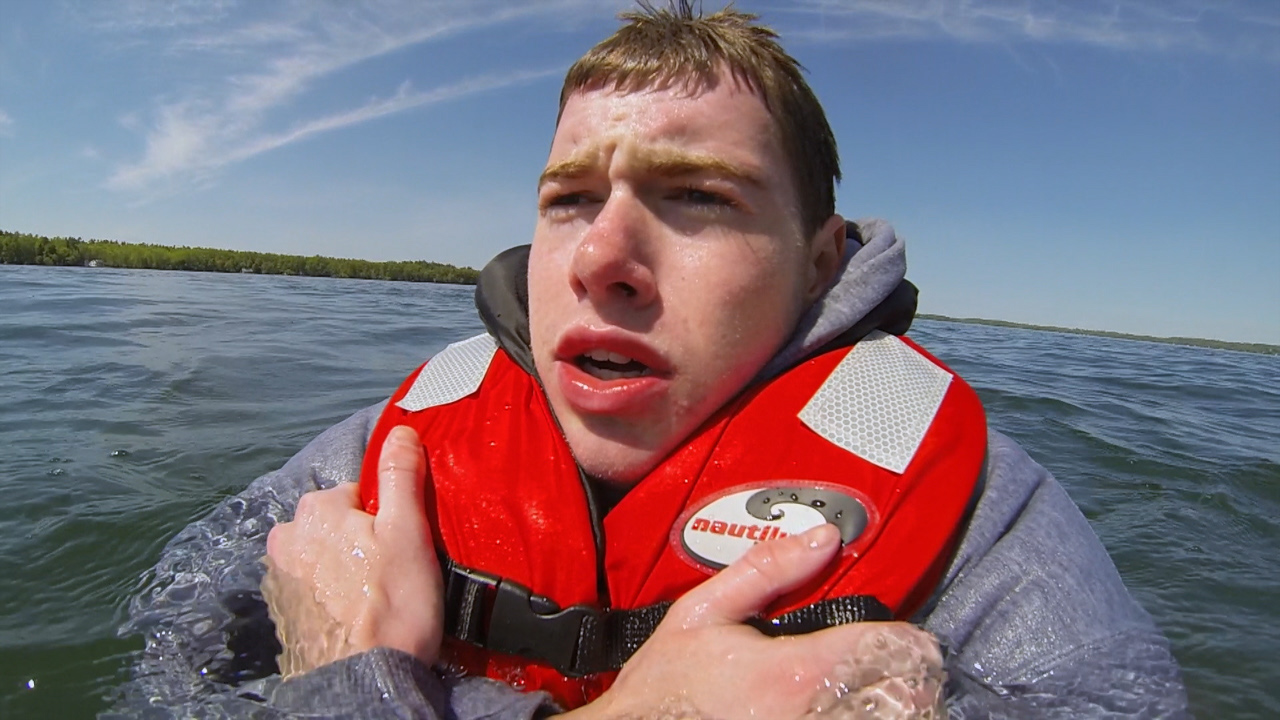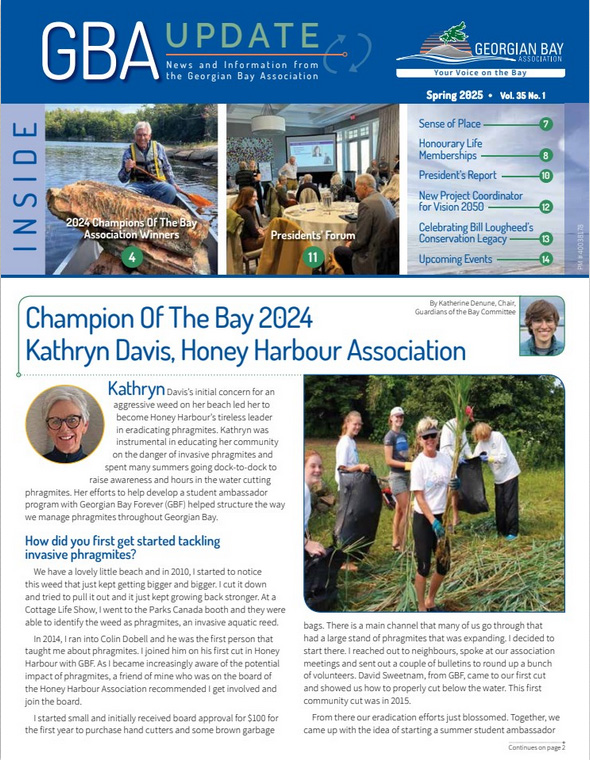A Suitable Buoy: A Guide to Private Navigation Buoys in Canada
Got a pesky shoal? Water too shallow? Your association wants to mark an unofficial channel? Steel drums, barrels and plastic bleach jugs don’t cut it!
When you or your association place a private navigation buoy, Canada’s Private Buoy Regulations (PBR) under the Canada Shipping Act 2001 must be followed to ensure that private navigation buoys meet Canadian Coast Guard standards. The regulations describe the colour, size, shape, markings and placement required for each buoy, as well as the responsibilities of the person(s) placing them.
Why is it important to comply with the regulations?
You can be fined for not meeting the legal guidelines and standards. In the event of an accident, marking shoals or rocks can unfortunately expose you or your association to being sued for negligence. Having navigation buoys in compliance with the regulations lessens the likelihood of a successful claim, but your legal costs and potential compensatory judgements could be high. With that in mind, associations should review their directors and officers liability insurance policy to ensure it covers buoy-related claims. Individuals should also review their policy for the same.
If private navigation buoys are placed in charted waters, contact the nearest Coast Guard office and provide information on their characteristics and positions and deployment schedule. Associations and individuals should also inform members/neighbours of this information.
FOCA recommends that associations place a disclaimer notice in their newsletter and/or on their website about rock and shoal markings. These notices should inform members that the association does mark some waterway hazards, it is not responsible for marking all hazards or to continue marking hazards. Remind members that individual watercraft operators are solely responsible for safe boating, including the avoidance of any water hazards.
Most Common Buoy Types:
- Starboard (red) and port (green) buoys marking the right and left sides of a channel
- Hazard buoys (orange) marking rocks and shoals
- Swimming buoys (white) marking the perimeter of a swimming area
Shoal and Hazard Marking
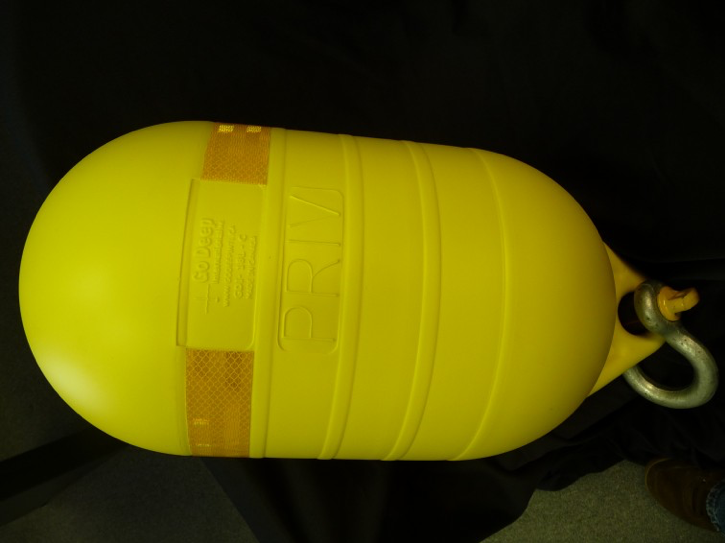
Source: FOCA
Buoy Selection: You can purchase or make… just meet the criteria
The PBR require that all private navigtaion buoys meet minimum above-water dimensions of 15.25 cm (6 inches) in width and 30.5 cm (12 inches ) in height. This buoy size is suitable only for sheltered, low-traffic areas. Keeping in mind adverse weather and varying sea states, a navigation buoy should be large enough to be seen from the distance it takes a mariner to see, interpret and act upon its signal. Transport Canada has the authority to require buoys be larger than the minimum, be equipped with retroreflective material or be otherwise altered (i.e. adding lights or sound appliances).
- All private buoys must display, on opposite sides, the capital letters “PRIV” and be clearly visible.
- The buoy’s owners name, address and telephone number must be on the buoy and be easy to read, in a permanent manner.
Transport Canada strongly recommends rigid plastic foam or rigid molded plastic. These materials are recommended over steel buoys because they are soft enough to absorb vessel impact and reduce collision damage. Just ensure that the buoys you choose meet PBR standards.
Private Buoy Owners Must Ensure that:
- Buoys do not interfere with the navigation of any vessel and do not mislead any boater
- Buoys meet all legal size, shape and identification requirements
- Buoys are built and maintained so they remain in position
- Anchors are used, built and installed in a way that will keep the buoy in position
- There is a monitoring and repair schedule to ensure the buoy continues to meet all requirements and remains in position
- Buoys have recommended retroreflective material (as a minimum)
- Any lights comply with the Canadian Aids to Navigation System
If you have questions or are unclear about installing private buoys, contact the Navigation Protection program at:
Phone: 519-383-1863 or Email: NPPONT-PPNONT@tc.gc.ca
Additional Resources
Transport Canada, An Owner’s Guide to Private Buoys
FOCA Shoal and Hazard Marking FAQ
FOCA Private Marker Fact Sheet
Haliburton Lake Cottagers’ Association video about making navigation markers
Potential Sources for Private Buoys:
We suggest contacting them directly so that you can explain your needs. Also ask your marina and your neighbours for sources or suggestions.
Always remember to check with the Navigation Protection Program at 519-383-1863 or NPPONT-PPNONT@tc.gc.ca to ensure the buoys you are considering are compliant before you purchase or make them.


